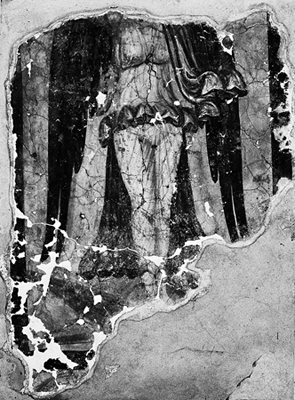April 2009 (113.2)
Article
The Triconch House and the Predecessors of the Bishop’s Palace at Aphrodisias
The Triconch House at Aphrodisias is a large Late Roman peristyle house in the ancient city center. It has long been known as the Bishop’s Palace because of its proximity to the cathedral at Aphrodisias, but this name is probably only accurate for the latest period of the building’s history (ninth–12th centuries). The house is in the heart of a complex of civic and administrative buildings and is distinctive for its triple-apsed hall, or triconch. As it is preserved today, the site of the Triconch House reflects largely its fifth-century appearance. The architectural development of the site of the Triconch House mirrors the major phases of the history of Aphrodisias, from its emergence as a Hellenistic planned town in the second century B.C.E. through its heyday as a wealthy city of the Roman empire and its endurance as a Late Antique provincial capital to finally its contraction into a Christian village and pilgrimage site in the Middle Byzantine period. The triconch dining room is rare in the Greek East, but it and the plan of the Triconch House find parallels in form and function among the villas of the western provinces and townhouses of North Africa. This study is an examination of the Late Antique Triconch House—its architecture and interior decoration—within its local urban environment and the wider context of housing in the later Roman empire. It also presents an evaluation of the evidence for the identification of the building as a governor’s and/or bishopís palace and for its identification in the Late Hellenistic/Early Imperial period as a gymnasium.
